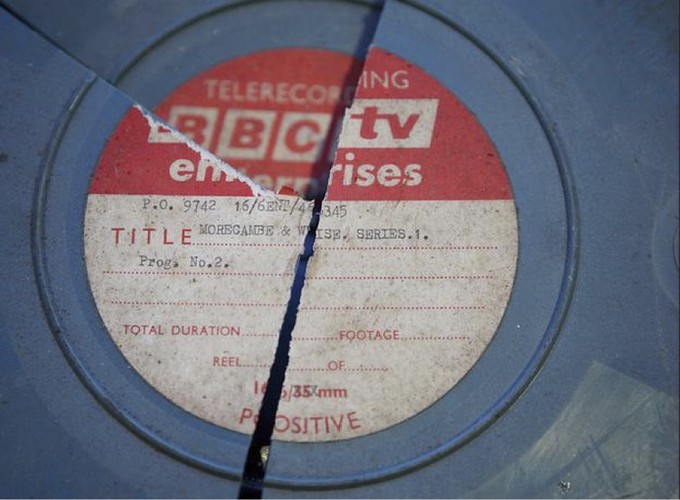 The Crushed Film Can
The Crushed Film Can
 The Crushed Film Can
The Crushed Film Can
The standard protocol for dealing with cellulose acetate media degradation (vinegar syndrome) in lm archives is to keep it in cold and secure conditions and if at all safe and possible, to copy the lm to new media. What do you do when the original lm is a one-of-a-kind copy of a much beloved TV series that is so far gone along the vinegar syndrome path that it is little more than a corrosive,wet, gelatinous mass? At Queen Mary we previously demonstrated the ability to use high contrast micro-computed tomography to perform virtual unrolling of damaged parchment and paper. With the enthusiastic consent of the lm archivist, we investigated imaging a reel of 16mm lm. A small scale pilot project was begun and we quickly acknowledged that the laws of physics stood in our way as the largest volume we could image at suf cient resolution was 1 cubic inch. All standard ethical considerations would mean no further work could happen, no archive would even agree to store the lm. In the end, given the rate of degradation of the material combined with it’s uniqueness, all options to enable the imaging to proceed were considered. The selected method goes against most current conservation and archive thinking - we chopped up the lm. This paper presents the methods and results of this maximal intervention approach.